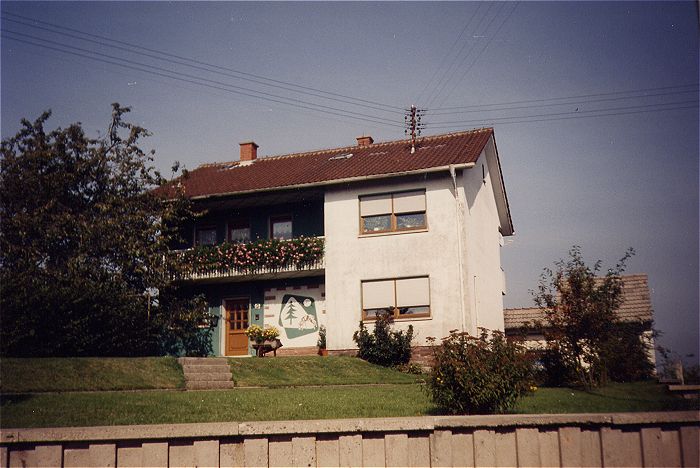I am wondering why houses are not builded in the way to defy the extreme weather you're experiencing there. Is it a money, laws, life- standards or any other causes for this or is it just a basic thought like why to build a better building if we get hit by extreme weather so often?
I'd advice you to visit some places in central Europe, especially along the Adriatic coast where we often get strong winds above 100mph, so people adapted their buildings to survive these conditions.
Also sometimes I am not surprised about the damage caused by weak to moderate tornadoes in the States. I am sure tornadoes here would have been rated at least one rank lower if not two compared to the damage which could be done there.
I am sure it is ignorance on the part of builders and money. A lot of the people building houses are cheaper labor and they do what they are told to do. It is the people above them that should know better (or do know better).
Tornadoes are rare events that impact very small areas.
I have not seen the stats but what are the chances of one particular building being impacted by a tornado ?
A windy coast is a different situation. Large areas of strong winds.. Those afffect whole regions. A tornado effects a very small area.
I am not defending the lack of hurricane ties..
Remember during Hurricane Andrew (?) the habitat for humanity built homes faired better than the rest of the contractor built homes, because they actually followed the code. A few metal strips or a nylon strap is cheap insurance against a rare event.
The adriatic coast is different. Houses in the middle of kansas do not often experience 100 mph winds. Sure every once in a great while they experience a tornado but it is very rare and a few hundred metres away the winds may peak at less than 60 mph. You are talking about larger areas of strong winds. Tornadoes are not large areas of strong winds.
People are by nature short sighted. we have only just figured out that building in the flood plain , although extremely convenient, is not a good long term solution. And that is the floodplain, given a timespan of a few lifetimes and you can almost guarantee a flood.
I would say that a house on the great plains is likely to see a tornado in the range of 1/1000 years or less. By then most of them will have rotted away before they blow away.
Note that I am guessing at the probability , I just know that a tornado is very limited in its area of effect. The plains are a large place, how many square miles actually suffer F0 or greater winds per year ? Any where I can look this up.
Hail has a broader area of effect. I am sure that the tower folks have some idea on risk of hail damage, and maybe even some good statistics. I always feel like I am getting to tornado alley when I start to see the hail shields above the microwave dishes on towers. Installing a hail shield is not cheap, they do not put them on towers in my neighborhood.
I am sure that the insurance companies have some metric for tornado risk and I bet it is small enough to be meaningless.
Hail and Hurricanes... still small but large enough to be meaningfull given our lifespans and the like.
Richard Dawkins in the "blind watchmaker" has an excellent essay on chance. He is talking about the chance or random events that drive evolution but the discussion is the same. Given enough time all sorts of unlikely things will happen. Given a short enough time span then all sort of events may NOT happen.
Suppose we lived for 1,000 years.. We would NEVER get into a car. Drive a car for a 1,000 years and you would not live to see year 700. Same goes for tornadoes. Put a house anywhere on this planet and it is likely to survive for a 1,000 years with no tornado. We are happy with houses that live as long as we do. And a huge majority houses on the plains will not see a tornado for the next 100 years.
So I guess it depends on how long you want that house to survive. For human terms.. I imagine that tornado risk is insignificant. Now if you want that roof to last 1,000 years, or 10,000 years.. well then you had better start to worry about stuff like tornadoes, earthquakes, metoers.. well maybe not meteors.
--
tom h

